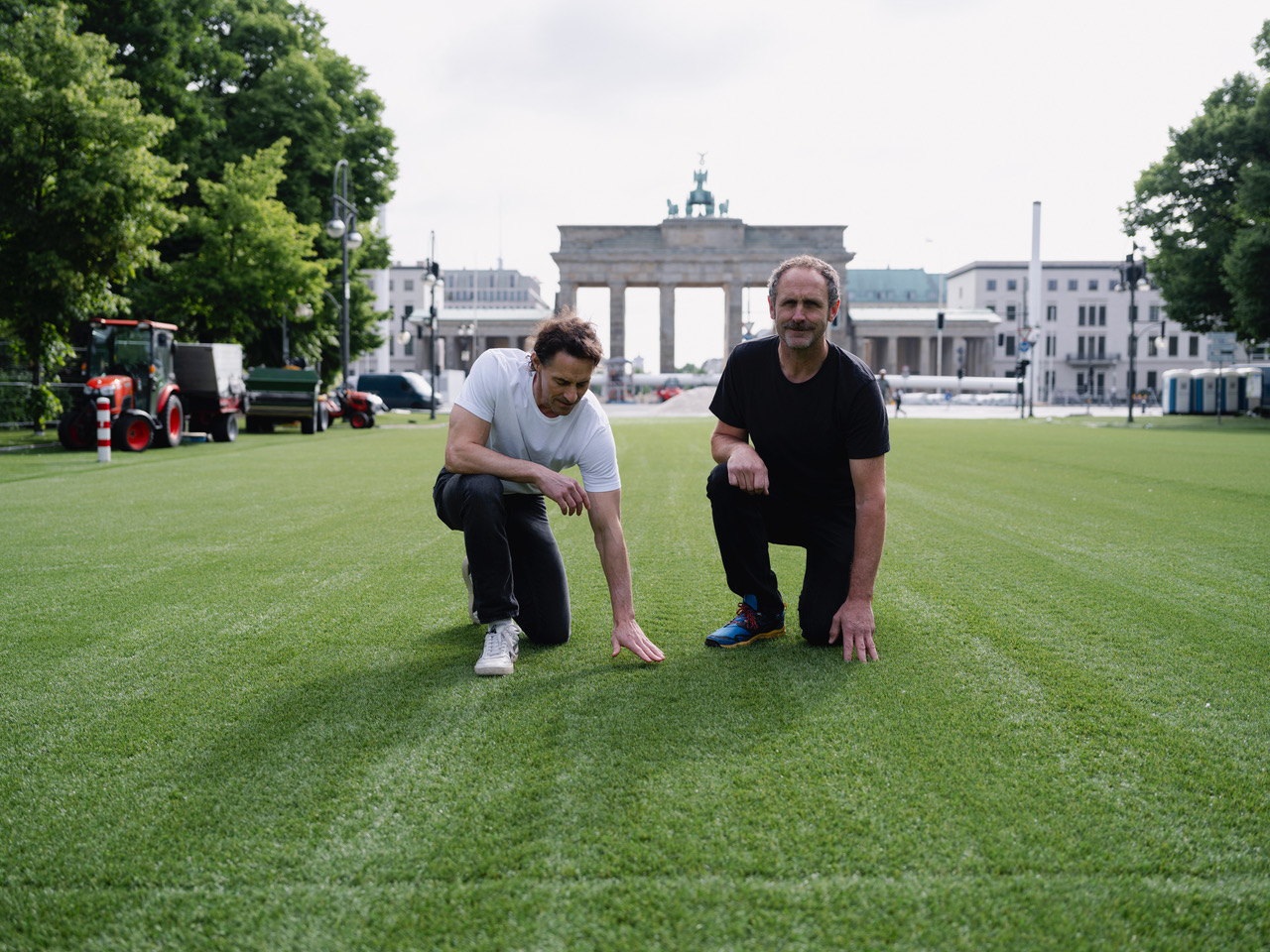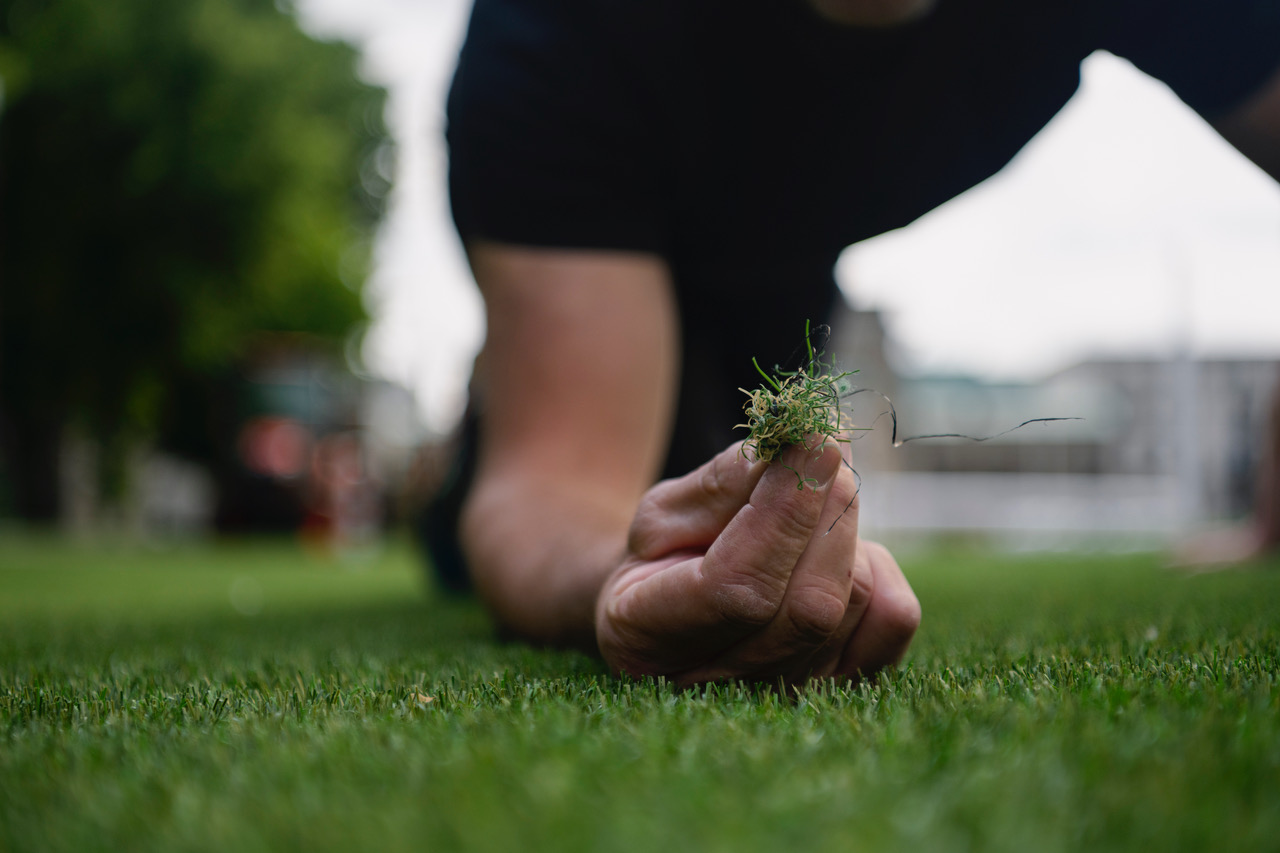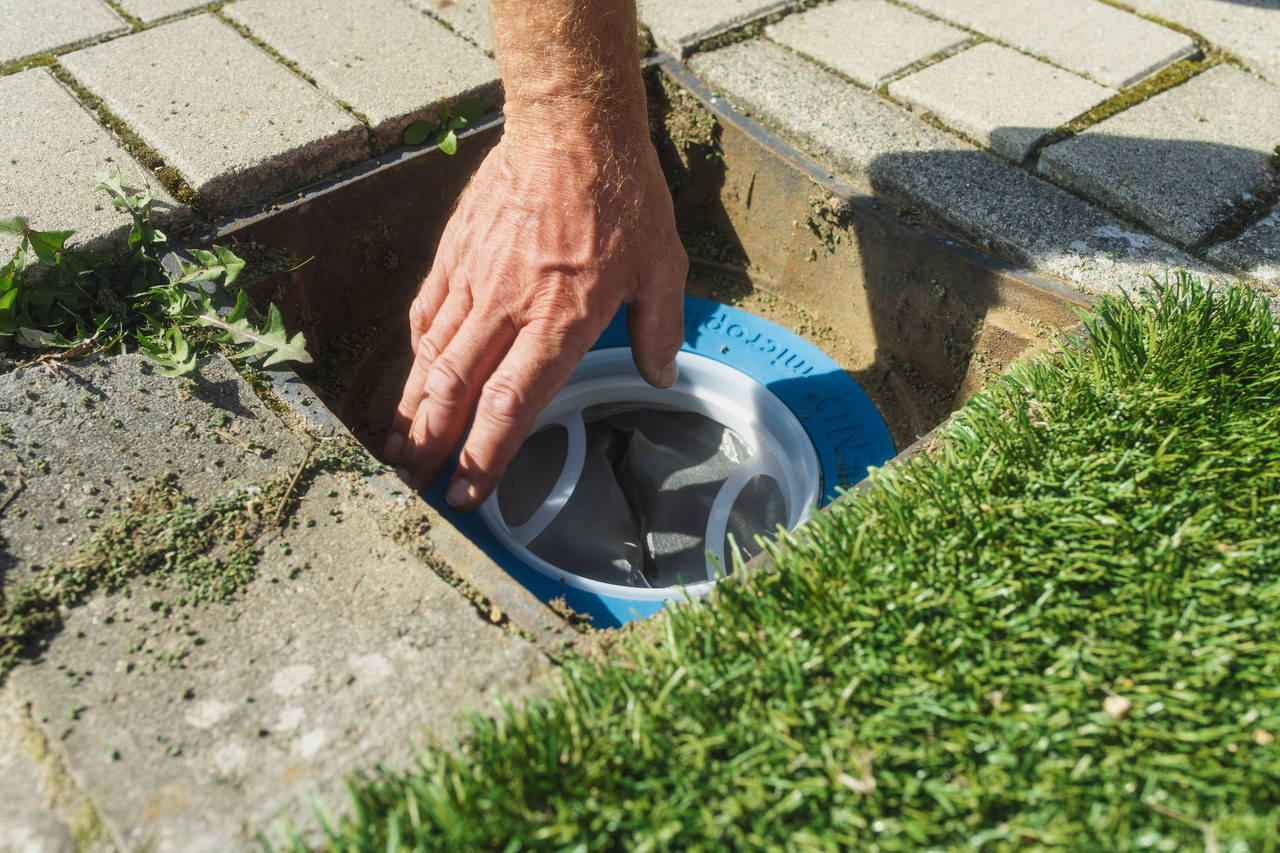Artificial turf on Euro 2024 Championship fan miles could generate microplastics

Billboard
Skyscrapper
Halfpage
The soccer fan zones were places of high emotions during Euro 2024. But are they also places of sustainability, as promised by the host country Germany? Looking at the artificial turf installed in Berlin, the country’s largest fan zone, shows that there might be some problems with microplastics.
Euro 2024 has come to an end after many highs and lows. Fans were watching the games in fan zones throughout Germany. The largest one of them was in front of Berlin’s Brandenburg Gate, dubbed “The Green Fan Mile”. It was installed specifically for the 2024 UEFA European Football Championship (Euro 2024) and its celebratory events, which will culminate with the final game on July 14. Visitors could watch all 51 matches and play football both at the Brandenburg Gate and in front of the Reichstag.
Berlin’s fan mile offered a total of 24,000 square metres of artificial grass, which had been installed since early May 2024. Given that Germany touted Euro 2024 as the most sustainable tournament so far, the turf will also have a second life: It will replace ageing artificial turf on small pitches in the form of donations to organisations and facilities in Berlin. However, there are concerns about the microplastics that come from the artificial blades and abrasion.
Seven football pitches worth of artificial turf
To ensure that the Euro 2024 fan mile material would meet the tender conditions of both UEFA and the City of Berlin, the company had to provide a sustainable solution. It suggested reusing the turf for football pitches and similar facilities in daycare centres, kindergartens and schools in Berlin. Reusing artificial turf is rare, which is why the two Sport Group subsidiaries have developed the turf specifically for this project.
Artificial grass consists of synthetic fibres that look like natural grass. The material is common in sports arenas, although today, it is most often used for residential lawns. The turf for the fan mile in Berlin consists mostly of bio-based materials and recycled plastic. It is designed to withstand heavy loads caused by delivery traffic and emergency vehicles, while also providing the authentic feel of a football field. After removal and reinstallation, this turf will last at least another ten years, according to its manufacturer. Each roll was delivered to where it was needed, covering approximately the size of seven football pitches. Thresholds from recycled turf ensure accessible entrance to the fan mile.

Berlin is denying the pollution
However, there is a big problem with artificial turf: It gives off environmentally harmful microplastic. The 24,000 square metres of artificial lawn in Berlin did not include protective layers, meaning that microplastic could easily be left behind or even reach the groundwater around the area. Already during the first few games, visitors found broken strings of green artificial grass accumulating in little heaps. Wind and abrasion will carry these microplastics into the canalisation.
According to Guppyfriend, a company that offers protective installations for artificial turfs, cutting and laying out artificial turf already leads to the first strands of plastic getting lost. Many professional sport institutions now have protective fences and filters to prevent microplastics being blown away with the wind or accumulating in gullies. The company offers protective measures for artificial turf football pitches. They don’t deny that plastics could still get into nature despite filters, but their concept relies on minimising plastic pollution. In addition, they see football as an entry point for communicating the dangers of microplastic.
When asked about the environmental aspect of the artificial turf for the Euro 2024 fan zone, which cost 1.2 million euro, the city of Berlin said that there is nothing to worry about. They mentioned that the product comes from a climate-neutral production and will remain in Berlin, without referring to the microplastic worry.

A shelf life of 10-20 years
Microplastics like strands of artificial grass are usually visible with the bare eye. In addition, they often come accompanied by much smaller particles smaller than 5 mm. This kind of nanoplastic can come from abrasion and from the dissolution of microplastic. Both kinds of plastic spread with the wind, the water and the air. Humans and animals breathe in the particles and consume them through food and water. Scientists have found the pollutants in lungs, hearts and blood vessels, where they increase the risk of strokes and other cardiovascular diseases.
So far, there is not yet enough research to fully understand the impact of microplastic and nanoplastic on human health. But it is clear that they produce negative impacts, while also harming the environment. Artificial grass does not provide any food for living creatures and restricts access to the soil underneath. It can overheat in hot weather, rather than cooling down the affected area, as natural grass would. The shelf life of the product is only 10-20 years, and reuse and recycle is challenging. In addition, the product does not offer any of the tactile and sensory benefits of real grass.
Still, people (and cities) replace real grass with artificial grass in some instances, citing advantages like no need to mow or water the grass, skipping fertilisers and herbicides, eliminating puddling, and resisting heavy use.

Making Euro 2024 less sustainable
Given the marketing of Euro 2024 as the most sustainable tournament so far, there has been criticism around Berlin’s decision to use artificial turf. Other cities, like Cologne, avoided the material altogether, which not only solved the microplastic issue, but also saved a lot of money. In Stuttgart, Guppyfriend has installed filters in the sewage system to reduce the pollution from microplastics.
It is unclear how much microplastic the fan mile in Berlin has produced. According to the Fraunhofer Institute, a typical artificial football pitch turf loses 50 kg to 1 ton per year. The fan mile in Berlin was three times that size and hosted 35,000 people at a time. Regardless of the amount of microplastics, it appears that the Berlin fan zone did not exactly contribute to making Euro 2024 more sustainable – quite the contrary.












